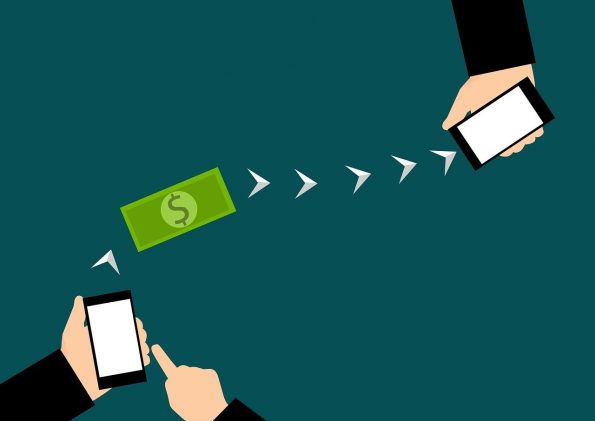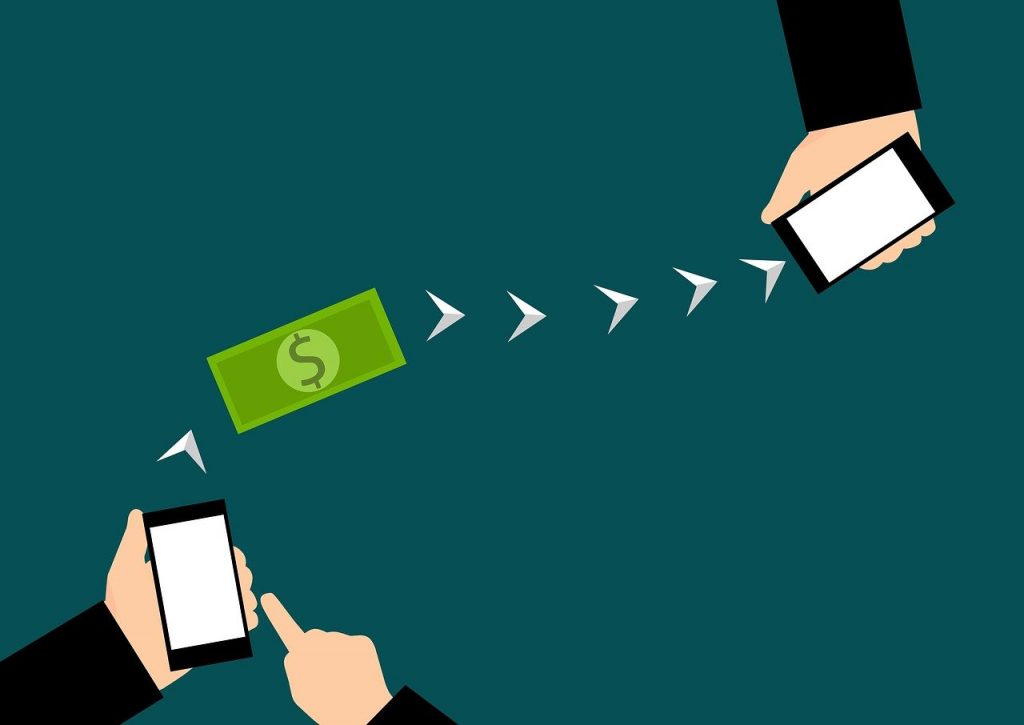Why Clients Miss Payments
Do your clients keep failing to pay you on time? Is it driving you insane? Many business owners and freelancers have to regularly deal with this problem. Delayed customer payment can have many negative effects including:
- Having to spend time and energy chasing up customers
- Not being able to afford your own bills and missing payments yourself
- Lost money as a result of debt collection fees, invoice factoring or loans to cover missed payments
- Strained relationships with customers
The whole point of working is to get paid. But just how can you guarantee that customers will pay you? There is no magic solution and it is often the fault of customers if they choose not to pay you. However, there are ways in which you can discourage customers from missing payments.

The best way to find a solution is to understand the different reasons why customers miss payments. This post delves into some of these individual reasons and the best solutions.
Invoice/billing issues
Firstly, you need to make sure that customers are actually receiving their invoices/bills. Some business owners and freelancers regularly forget to send invoices. Making sure that these are sent promptly and even automating them can prevent this.
On top of sending the invoice, make sure that all essential information is present and clear. This includes your payment details, the payment deadline and a clear description of what the client is being billed for. Including your invoice as a PDF is also encouraged when dealing with B2B clients – some clients will use accounting programs that rely on PDF files to track customer payments.
Finally, make sure you’re sending your invoice to the right person. When collecting client contact details, always confirm that an email address is spelt right. When collecting payments from larger organisations, make sure that you’re invoicing the right department or member of staff – if you email the wrong person, they may ignore it, so always confirm where to send your invoice.
New card details
Many subscription services work by collecting details of a customer’s card. However, that customer may eventually get a new card with a new card number and security code. It’s important that customers update their card details when this happens to prevent a customer payment from bouncing.
Many payment processors including this payment processor for nonprofits are able to help you keep card information up to date. This may include always asking customers to provide a card expiry date so that automated reminder messages can be sent to customers to update card details once this expiry date is reached. Some payment processors may even be able to detect when cards are no longer in action – which can be useful for tracking cancelled cards that may have been lost or stolen.
No payment reminder
Many customers simply forget that a payment is due – particularly if it’s in annual instalments or irregular instalments. Reminding customers in advance that a payment deadline is upcoming could jog their memory and encourage them to pay on time. Even with direct debits that are automated, payment reminder emails are worth sending in advance so that customers can make sure they have enough funds in their accounts.
Customer payment reminder emails are possible to automate. This can prevent you from forgetting to send out these reminders (so that you don’t have to remind yourself to send out a reminder). Explore this function using automated billing services or automated email services.
Lack of payment options
Customers will sometimes fail to pay on time as a result of a lack of payment options. By giving customers the choice of many different forms of payment, you could help customers to stick to deadlines.
This is particularly important when it comes to large payment sums. Rather than expecting customers to pay the sum all in one go, consider offering the option to pay in instalments. You could set up your own instalment scheme or link up with lenders to offer finance. In many cases, finance is easier as it makes it the lender’s responsibility to collect instalments while you still get the full payment upfront. Just be wary that some customers may not want to take on an extra debt and may prefer an interest free instalment plan.
Accepting credit card is essential when it comes to many products and services. Credit cards similarly allow customers to spread out the cost of large payments. You will have to set up a credit card payment processor and pay merchant fees on every transaction. However, with most relatively large payments credit card payments can be very profitable.
Should you accept cash? With some products and services it could be worthwhile, as some people still carry cash and paying in cash may be more attractive to them. It is better to solely accept cash payments in person as a lot can go wrong when mailing cash.
What about cheques? This form of payment has become a lot less popular over the years and it’s easy to see why. Cheques are not a guaranteed form of payment – if a customer does not have enough funds when the cheque is cashed in, it may bounce. That said, banking apps have made cheques easier to cash in and some people do still like to pay by cheque. It’s up to you whether you want to take the risk with this form of customer payment.
No credit check
Credit checks are worth carrying out before agreeing to allow a customer to pay in instalments or pay a subscription. They are a good indicator as to how reliable a customer is at paying bills on time. Customers with a poor credit score are often more likely to miss payments. By running a credit check on all customers, you can then choose to turn away any customers with a poor credit score. This could mean losing business, but it could also prevent you taking on late paying customers who are more hassle than they’re worth.
There are many credit check services that you can use. You can then decide whether to take the risk on customers or not.
Lack of penalties/incentives
Some customers will keep missing payments if they feel they can get away with it. For this reason, it’s important to consider penalties – which should be outlined in a written contract before taking on each customer. Penalties could include late charge fees or withholding services until a payment is made.
An alternative to penalties is to offer incentives that encourage customers to pay on time – or even pay early. Some companies offer early payment discounts to encourage customers to pay up more quickly. Others may even offer gifts to customers that continuously pay on time or loyalty discounts.
Poor quality product/service
Finally, some customers may deliberately choose not to pay for a service or product if they do not think it is up to the right standard. In this case, a customer is likely to complain and tell you that they refuse to pay in advance.
Introducing quality control measures can help to prevent this from happening. This could include creating checklists and making sure that customers are happy with the work you have provided before sending an invoice. If employees are handling certain customers and you don’t have much interaction with these customers, make sure that you are regularly reviewing your employees’ work – especially if they are new or have already been receiving complaints. Training employees well can help them to meet the quality standards that you are after so that you don’t have to monitor them as closely.

